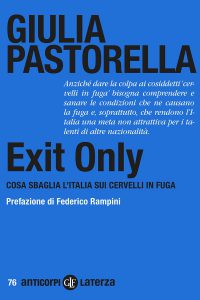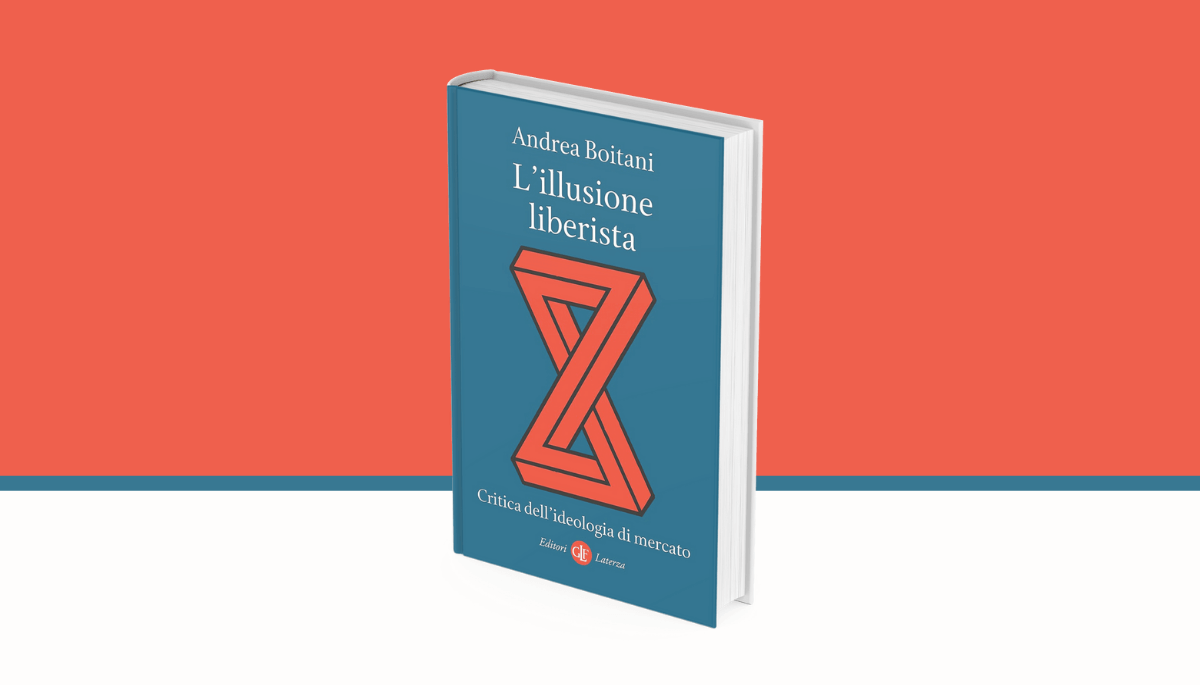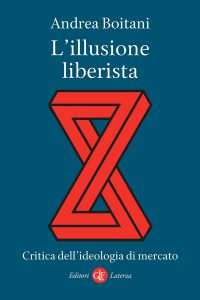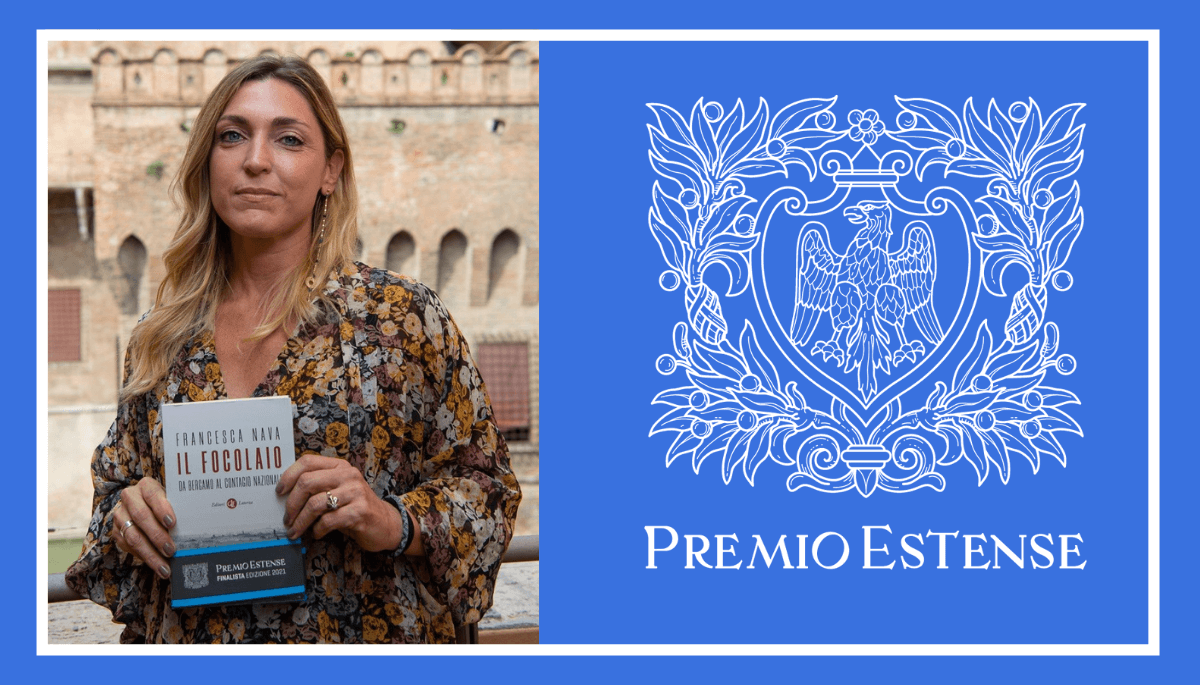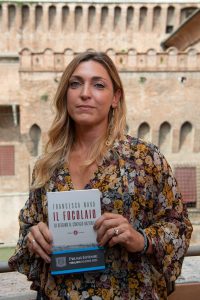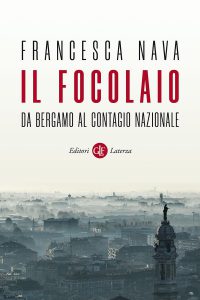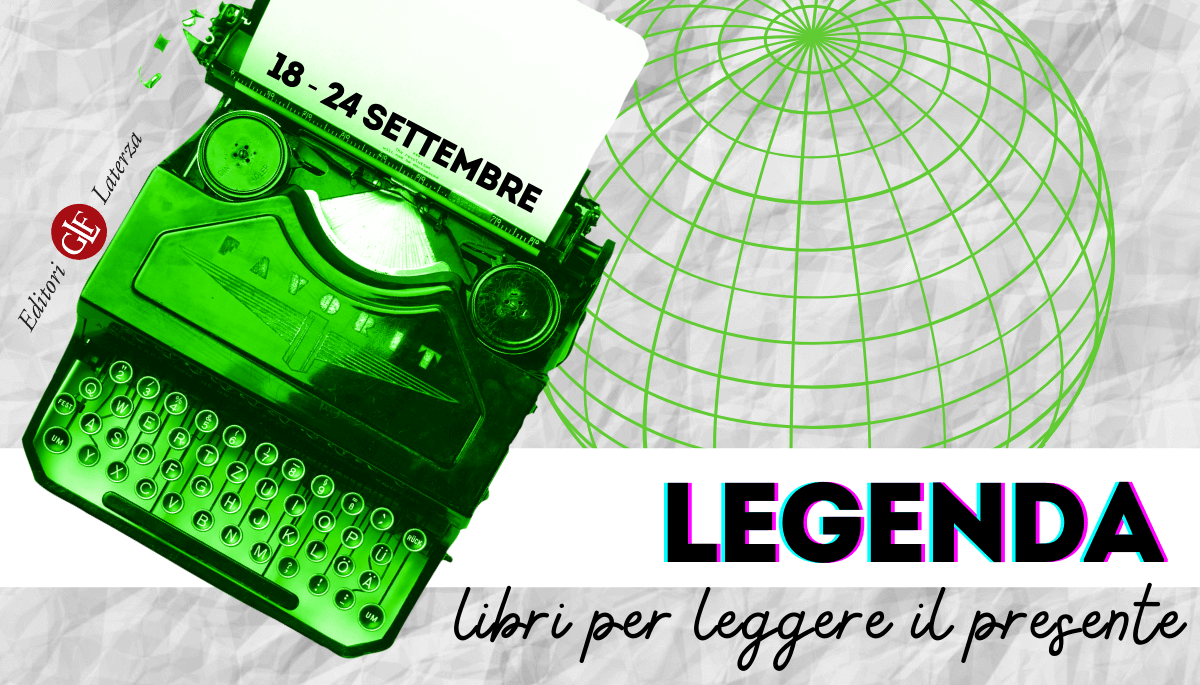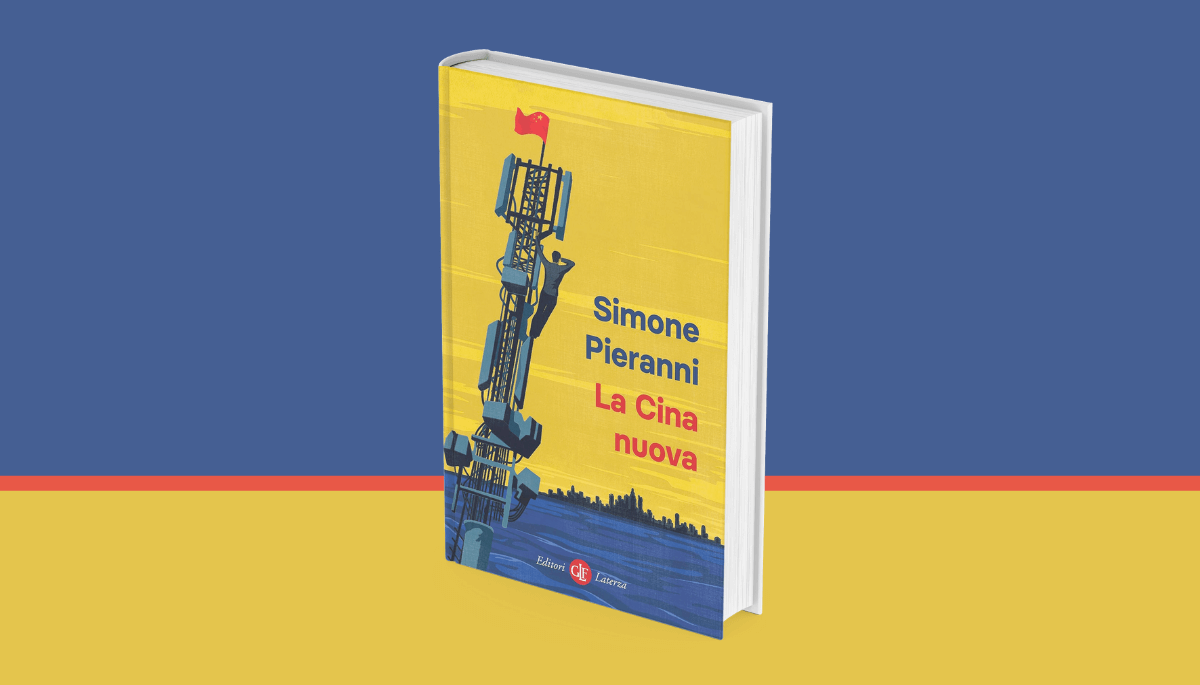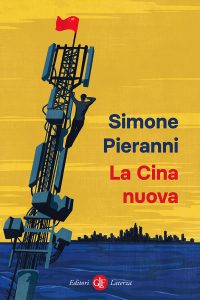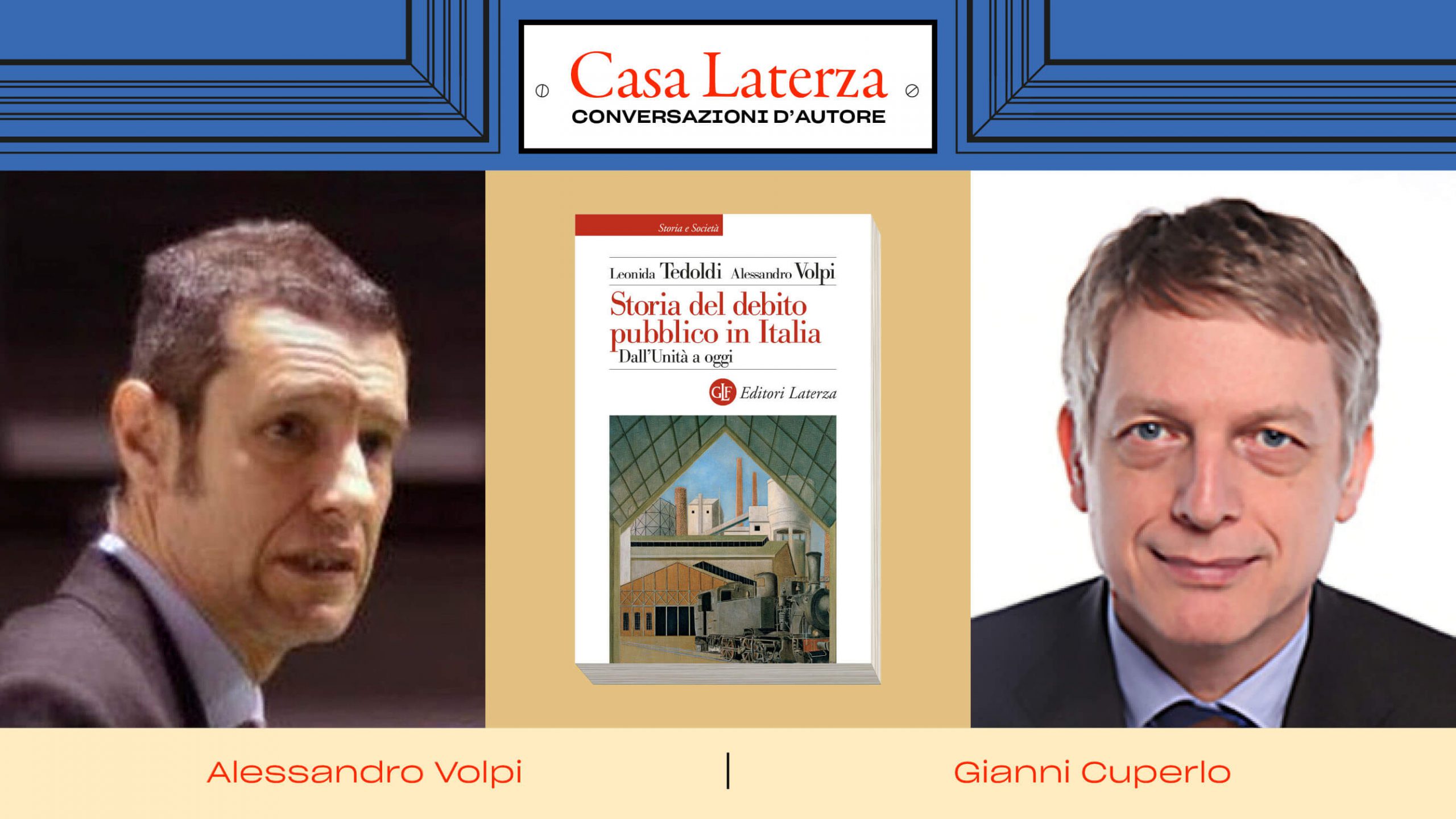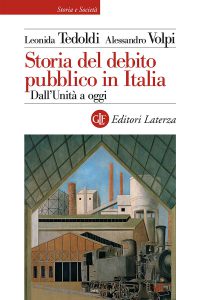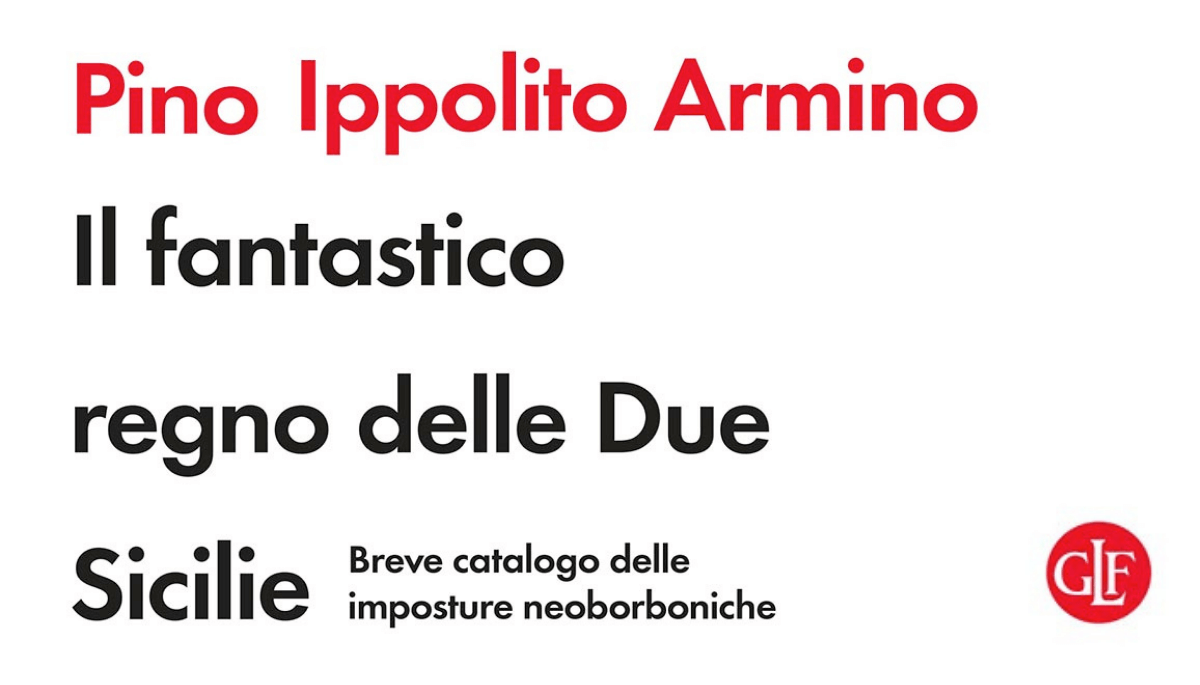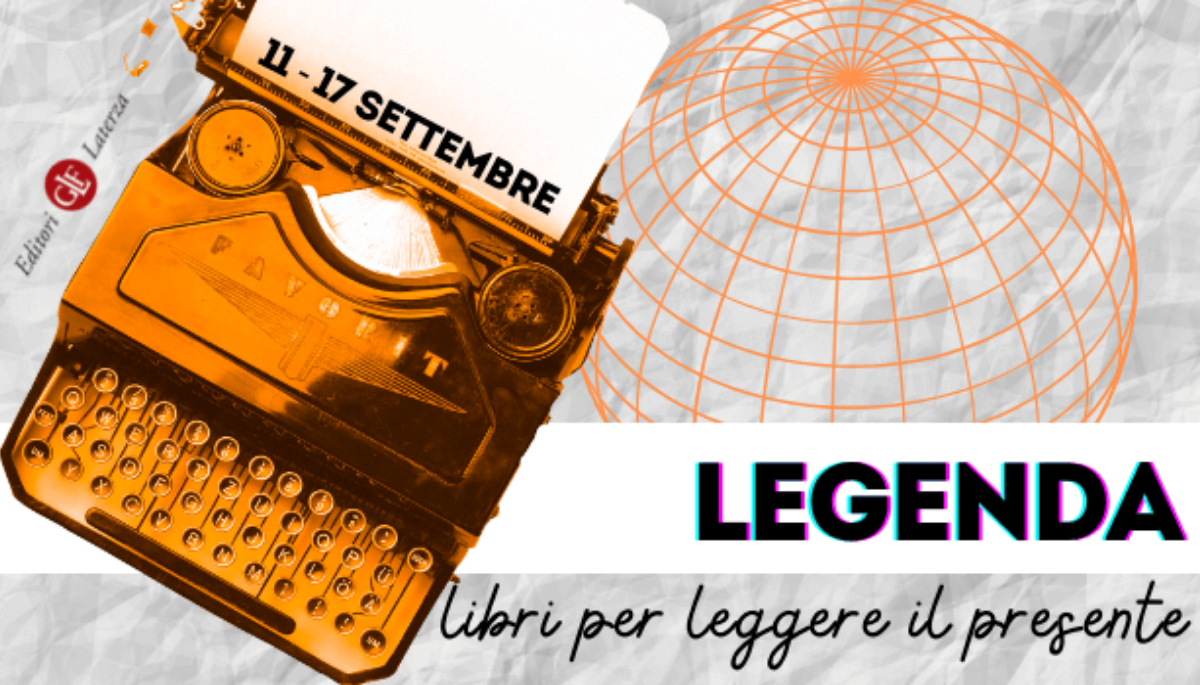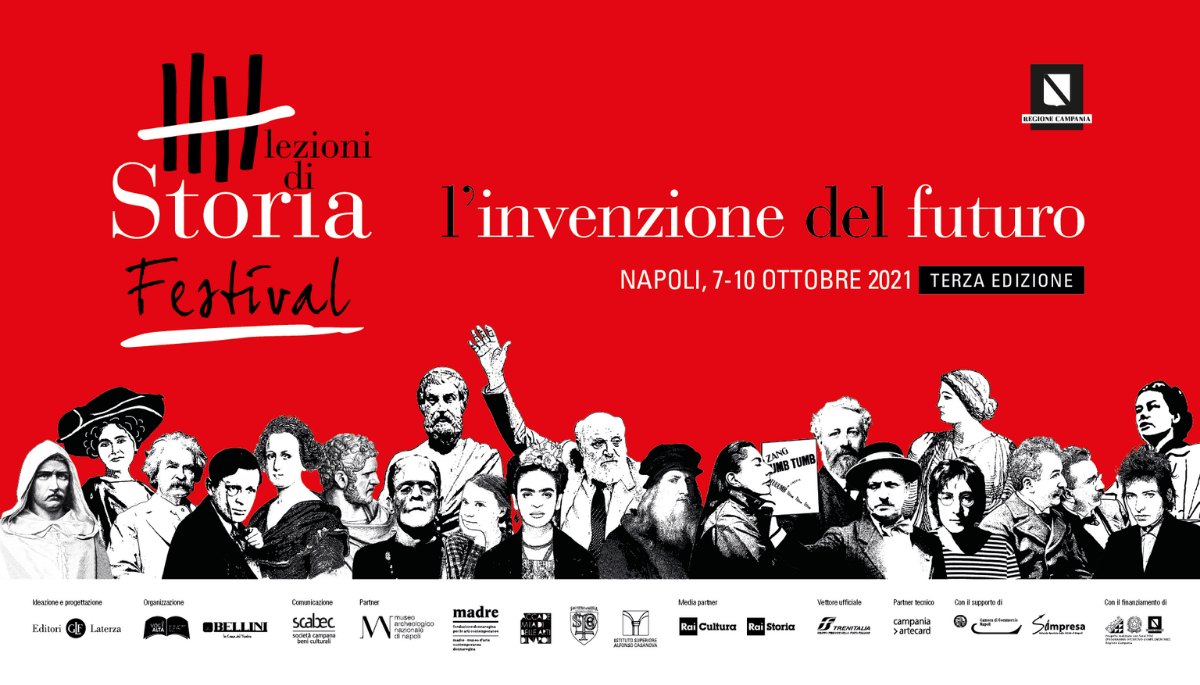Legenda è uno sguardo rapido ai fatti che hanno scandito la settimana e un invito a leggere il presente togliendo il piede dall’acceleratore.
Legenda è un tentativo di legare il mondo che corre alle parole che aiutano a capirlo.
Cina, carbone, clima. «All’Onu Xi Jinping ha fatto un discorso particolarmente importante per quanto riguarda l’ambiente. “Lo sviluppo è la chiave per il benessere delle persone”, ha osservato Xi. Poi ha annunciato che la Cina non costruirà più centrali a carbone all’estero. Secondo Christine Shearer, direttrice del programma carbone di Global energy monitor (Gem), un centro studi statunitense, la mossa di Pechino potrebbe interessare 44 centrali a carbone destinate al finanziamento statale cinese, per un totale di 50 miliardi di dollari. “Ciò ha il potenziale per ridurre le future emissioni di anidride carbonica di 200 milioni di tonnellate all’anno.” Vedremo che accadrà con quelle in Cina.
“In termini di cambiamento climatico, la Cina è un’area sensibile e di impatto significativo del cambiamento climatico globale, e il tasso di aumento della temperatura è significativamente superiore al livello medio globale nello stesso periodo. Dal 1961 al 2020, inoltre, gli eventi di precipitazioni estreme in Cina sono in aumento”. Negli ultimi tempi in Cina, complici gli impegni presi da Pechino, sono aumentati gli articoli sul cambiamento climatico. I virgolettati riportati arrivano da un numero di Shenghuo Zhoukan ( Life Weekly) dedicato al tema, con un focus sulle regioni occidentali e sull’altopiano tibetano (Qinghai-Tibet).»
È quanto riporta Simone Pieranni dal suo profilo Instagram, con la rassegna giornaliera China&Coffee. Di clima e di molto altro si parla nel suo nuovo libro, La Cina nuova , che accompagna alla scoperta della Cina più contemporanea, indagandone i valori, guardando alle più recenti tendenze culturali, ma soprattutto smontando pezzo a pezzo quel volto apparentemente contraddittorio che si mostra allo sguardo del laowai, dello straniero.
«Contemplare e ragionare sulla Cina non è semplice: pur avendoci vissuto a lungo e occupandomene ogni giorno, non posso affermare di conoscere questo paese che si presenta ogni volta sfuggente, mutato, in divenire. Ma come sosteneva Simon Leys, “chi scrive di Cina scrive di se stesso”: analizzare le discordanze e i discanti cinesi, confrontarsi con essi, in fondo, è un modo come un altro per interrogarci sul nostro modo di stare al mondo, di percepire l’altro, il lontano, il misterioso e di valutare con onestà i nostri pregiudizi.»
→ Pieranni, La Cina nuova
→ Pieranni, Red mirror
______________________________________________________
Lavoro. Come ricostruisce il Post, «il giudice del lavoro del tribunale di Firenze ha bloccato il licenziamento degli oltre quattrocento dipendenti dello stabilimento della Gkn Driveline di Campi Bisenzio, vicino a Firenze […]. I licenziamenti erano stati decisi lo scorso 9 luglio dal fondo Melrose, che aveva avvisato i 422 dipendenti dell’azienda tramite email della chiusura dello stabilimento, senza preavviso, senza l’apertura di un tavolo istituzionale e senza il ricorso agli ammortizzatori sociali. Da quel momento era iniziata la protesta dei lavoratori, che si erano riuniti in presidio permanente di fronte ai cancelli della fabbrica.
Il ricorso era stato presentato dalla Fiom-Cgil proprio a causa della mancata concessione del giusto preavviso ai lavoratori e alle rappresentanze sindacali, e il 20 settembre il tribunale di Firenze lo ha accolto. Nel verdetto, emesso dalla giudice Anita Maria Brigida Davia, si legge che nel modo in cui sono stati comunicati i licenziamenti “è configurabile un’evidente violazione dei diritti del sindacato, messo davanti al fatto compiuto e privato della facoltà di intervenire sull’iter”.»
→ Prunetti, Nel girone dei bestemmiatori
→ Fana, Non è lavoro, è sfruttamento
→ Giugni, Idee per il lavoro
______________________________________________________
Smart working. Al Festival dell’Innovazione organizzato dal Foglio, il ministro per la pubblica amministrazione Renato Brunetta ha annunciato l’arrivo di un contratto sul lavoro agile, che prevedrà tra l’altro una suddivisione del tempo in tre fasce: operatività, contattabilità e inoperabilità. Non si ferma intanto il dibattito sul tema dello smart working: su Domani un’interessante raccolta di tesi.
→ Balzano, Contro lo smart working
______________________________________________________
Trattativa Stato-mafia. AGI: «La Corte d’assise d’appello di Palermo, dopo tre giorni di camera di consiglio, nell’aula bunker del Pagliarelli, ha assolto il senatore Marcello Dell’Utri, “per non avere commesso il fatto”, e gli ufficiali del Ros Antonio Subranni, Mario Mori e Giuseppe De Donno, “perché il fatto non costituisce reato”. […] La trattativa, ma intesa come dialogo per fare cessare la stagione delle bombe e degli attentati, senza alcuna concessione da parte dello Stato, non fu reato.»
→ Fiandaca-Lupo, La mafia non ha vinto
______________________________________________________
Pre-Cop 26. In preparazione a Milano la Pre-Cop 26. Come si riporta su Wired.it, «dal 28 settembre al 2 ottobre i big della lotta al cambiamento climatico si troveranno a Milano per una cinque giorni di lavori preparatori alla Conferenza annuale delle Nazioni Unite sul cambiamento climatico (Cop26), che andrà in scena a Glasgow a inizio novembre e sarà organizzata in collaborazione tra Italia e Regno Unito. […] Accanto a decine di ministri dell’Ambiente, parteciperanno all’evento anche quattrocento giovani provenienti dai cinque continenti che daranno vita a Youth4Climate: Driving Ambition, panel che simulerà i lavori di una conferenza internazionale e cercherà di raccogliere spunti innovativi e freschi dalle nuove generazioni». Questo venerdì 24 settembre, intanto, i ragazzi e le ragazze di Fridays for Future sono scesi nelle piazze per un nuovo Sciopero Globale del Clima.
→ Levantesi, I bugiardi del clima
→ Wynes, SOS. Cosa puoi fare tu contro il riscaldamento globale
→ Morton, Noi esseri ecologici
→ Collier, Il sacco del pianeta
______________________________________________________
La fine dell’eternità: Asimov e il futuro. Sul manifesto un’anticipazione del saggio di Alessandro Portelli su La fine dell’eternità , di Asimov, tratto dal libro a più voci Il futuro. Storia di un’idea .
«In The End of Eternity (1955), Isaac Asimov racconta che a un certo punto gli esseri umani conquistano il controllo del tempo. Grazie a questo, gli “Eterni” – una casta maschile di tecnocrati semimonastici che si riproduce per cooptazione – si assumono la responsabilità di intervenire con calcolati “Cambiamenti di realtà” per garantire “la felicità di tutti gli esseri umani”. Tutto salta grazie a una storia d’amore: Andrew Harlan, un tecnico addetto ai Cambiamenti, si innamora di Noÿs Lambert, che crede appartenente al Tempo ordinario e si rivela invece proveniente da un futuro ulteriore e un’umanità più evoluta. Lei gli rivela che il controllo che l’Eternità esercita sul tempo, riscrivendo a piacimento passato e futuro, impedisce il libero sviluppo del genere umano e la conquista dello spazio e lo induce ad approfittare di una circostanza eccezionale e degli strumenti di cui dispone per far saltare il sistema: “E mentre Noÿs si abbandonava al suo abbraccio, venne la fine, la fine definitiva dell’Eternità – E l’inizio dell’Infinito”.»
→ Autori vari, Il futuro. Storia di un’idea


